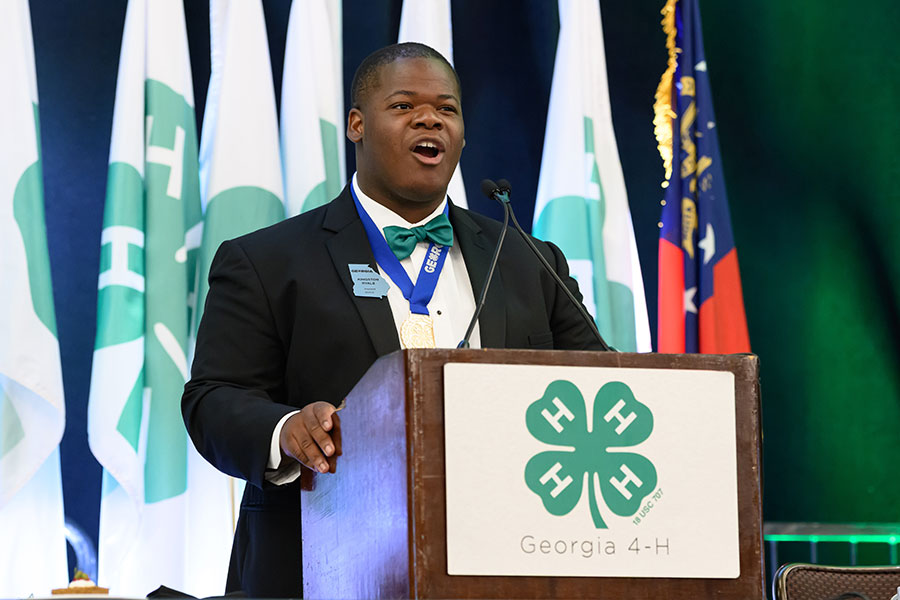By Paul A. Thomas
University of Georgia
Garden flowers from
seeds: |
Almost any container with bottom drainage holes will work -- foam cups, egg cartons, tin cans. But plastic trays and pots from garden supply centers are easy to use.
Most seeds can germinate in the sterilized peat or pine-bark growing media you can buy in stores. Or mix one part clean sand with two parts peat moss.
How to plant
Whatever the mix, be sure it's moist before you plant. Make small depressions for big seeds and tiny trenches for small seeds. Space them carefully.If the seeds need light to germinate, don't cover them. Just press them into the potting-mix surface. If they don't require light, add just enough potting mix to cover them.
Mix tiny, dust-like seed (begonias, petunias) with sand, spread them carefully with an old salt-shaker and leave them uncovered.
For annuals, start seeds four to eight weeks before the date of the average last killing frost. Starting too early can leave plants spindly.
You can start perennials, on the other hand, in January. Or you may need to start them indoors in June to transplant in early fall. Check your package label.
What next?
Keep seed pots and boxes moist but not wet with regular, fine sprays of water. Place them in a glasshouse or a warm, shaded area. In open, shaded areas, cover pots or seed boxes with clear plastic kitchen wrap to keep the soil surface from drying out.Remove all covers when seedlings emerge and reduce shade as they develop.
Water new seedlings carefully. Small containers dry out fast. Keeping the soil soaking wet, though, will keep seedlings from growing well and may kill them. Water them gently. Don't wash the seeds out.
After the seedlings have true leaves, add quarter- to half-strength fertilizer to the water once a week. Use complete fertilizers with nitrogen, phosphorus, potassium and trace elements.
Be careful
Too much fertilizer will burn tender roots. Use a soluble fertilizer and follow label directions for seedlings.Where poor ventilation results in high humidity, fungal diseases are common. Fungicides don't cure these diseases. They merely slow their spread. Prevent seedling diseases by providing adequate space and ventilation, maintaining strict hygiene and not overwatering.
Once seeds have grown four to eight leaves, transplant indoor-grown seedlings into larger pots or the garden.
Whether you sow indoors or out, you may have to thin seedlings if you planted too many seeds. If they stay overcrowded, they'll be weak and spindly because they won't get enough light. Don't try to pull out the extra seedlings. Cut off all but the strongest at the soil level.
Don't let winter spoil it
If cold weather threatens, cover young seedlings at night with plastic buckets, cloth or other things that retain heat. As time goes by, gradually remove the coverings if it doesn't drop below 45 degrees. This way, the seedlings become shorter, hardier plants.Consider how big your plants will grow and space them accordingly when you transplant. You may need to stake delphinium, foxglove and any plant that starts out tall and leggy or has heavy flowers.
Water seedlings in thoroughly at transplanting. You may want to use a dilute solution of liquid plant food to water them in. If you do, don't add granular fertilizer until the plants start growing strongly. Then apply 1 pound of nitrogen per 100 square feet of bed every two weeks.
Water daily the first week or so. Then gradually cut back to once or twice a week. By midsummer, once a week may be enough even in dry weather.
(Paul Thomas is an Extension Service horticulturist with the University of Georgia College of Agricultural and Environmental Sciences.)






